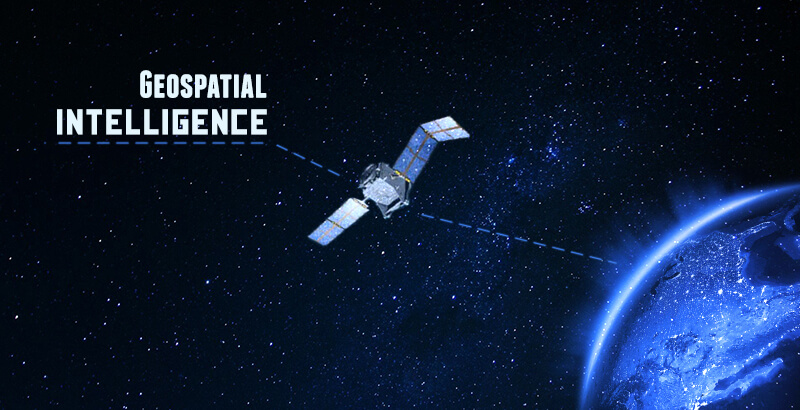Counting elephants using satellite images and AI technology
A team led by researchers at the University of Oxford and the University of Bath in the UK has developed a method of counting African elephants with images from the Maxar satellite, opening up a new way to track species. vulnerable and endangered animals.
The African elephant is the first animal scientists can successfully count numbers from space while traveling through a complex landscape from grassland to forest.
Researchers combine high-resolution images taken from 600 km above the Earth’s surface using Worldview 3 and 4 satellites and a computer to count elephants at Addo Elephant National Park in South Africa.
Usually, conservationists count and track African elephants from low-plane, a rather time-consuming method.
With the new technology incorporating artificial intelligence, they can survey an area of up to 5,000 square kilometers in a matter of minutes. Computer algorithms analyze the images and count them individually. The results of the study showed that using AI detects each elephant as accurately as the human eye.

“Conservation organizations are interested in using this result to replace aircraft use surveys as before,” said Isla Duporge, a zoologist at Oxford University in the UK, and lead author of the study. here”.
The new technology is an important part of ensuring the survival of African elephants, listed by the IUCN Red Book as “vulnerable to extinction”, the world’s leading database of threats. Wildlife extinction was created by the International Union for Conservation of Nature (IUCN).
In the future, as satellite imagery improves, smaller animals may soon be recorded and counted from space as well. The results of the study will be published online on December 23, 2020, in the journal Remote Sensing in Ecology and Conservation.









